Commentary
Unlocking the silent majority to challenge planning assumptions
Switched-on developers and local authorities are challenging planning assumptions by using digital engagement to gather in-depth evidence to back their decisions, writes Josh Dickerson of Deetu.
Taking a different approach to consultation enables property companies and planning authorities to gather data that supports their decision-making process. Sometimes the results of reaching more broadly and deeply into the community mean developers can challenge stakeholders’ assumptions with factual evidence rather than simply opinion.
Often, we find that the silent majority of residents support an idea but might not have been engaged through traditional methods. Perhaps they now have grown-up children who cannot find a house to buy locally, and they would welcome the proposed housing. Traditionally, all they see is a local petition against the plan.
Deetu is leading a growing digital movement made up of specialists pushing the boundaries of pre-planning community research to reach more broadly and deeply into the public.
As the digital consultation specialist arm of BWB Consulting, Deetu works with L&Q Estates, Peel, Local Authorities and many others and is growing a dedicated team in Manchester.
Charlotte Leach, associate director of stakeholder engagement at Peel L&P, said: “At Peel L&P, we pride ourselves on having meaningful conversations with the local community when we carry out our public consultations, and we are always looking at ways to improve what we do.
“Working with Deetu has been a real pleasure, and they have become an integral part of our project teams across the business. Their approach to digital-led engagement has produced really insightful data, which has ultimately allowed us to better incorporate feedback into the design process and help us think outside of the box. I could not recommend them more highly.”
Digital matters
Increasingly, forward-thinking developers are ceasing to rely on the village-hall-on-a-Tuesday-night approach and want something more befitting the digital age. But for too many, “digital consultation” means a virtual village hall complete with pdf notice boards.
Done well, a digitally-led consultation enables you to broaden the audience beyond the handful of people who would attend the hall in person and instead reach thousands of people via mobile and laptop to read about your plans, view drone imagery of the site, interact with Q&As as well as schedule a virtual drop-in session for a one-on-one chat with a member of the project team.
How to do digital consultation
The aim is to engage with a lot of people in a short space of time, but how? After spending years working up the proposal, you might have only a few seconds to grab someone’s attention. Ideally, to truly engage the audience and for them to understand the proposals in full, they need to be able to absorb all of the information provided within three to five minutes.
We studied our own version of the ‘Spotify unwrapped’ analytics for last year, across a several thousand people, and found we are frequently hitting that target mark of five minutes. This is the key amount of time for someone to understand everything about the development, feel informed and provide feedback. Even if someone feels quite negatively about the project aspirations, they are more likely to feel engaged if they understand the proposal.
How we communicate matters enormously. We believe 100% of the literate population should be able to read all the material we produce. Suppose we have to use certain specific terms because of the planning regime. In that case, we provide an ever-growing jargon glossary alongside to explain these official terms. Plain language and the avoidance of jargon are essential.
Alongside making the words we use more accessible, we use images and maps to communicate with consultees. The often complicated material that accompanies a planning application is like a wall to many of the public, blocking their understanding of the project. Our innovative and tested methods to digitise and visualise these details helps to develop the publics understanding of the project.
Virtual drop-in sessions have also been a big success. People can come to the consultation website and choose a date and time to suit them to schedule a call with the design team. This is dedicated one-on-one time for them to talk with the project manager, the architect, or whoever they need to talk to about the issue they have raised.
We obviously get asked about the digital divide. What about people without access to the internet? Often, people will use a family member, a friend, or a neighbour to help complete the consultation. We also leaflet every address in the area and offer a freephone number to help. But we find that the take-up, In reality the digital divide is minimal. It is also important to still give people the option to meet in person, though perhaps that doesn’t need to be the typical village hall exhibition!
We also broaden the net with social media ads with video clips and fully responsive websites that can work on any screen. The vast majority complete the consultation outside work hours on their mobile device when they have a few minutes to spare. People are used to this in the consumer world, and increasingly property businesses are catching on.
All this is designed to de-risk the planning application for the client. Bringing people into the conversation makes plans less contentious.
The challenge for the client is to ask themselves, ‘how can the feedback make a difference to the design?’ Otherwise, without compromise, the consultation exercise will have been without substance, and people will not feel their voices have been heard. It’s all well and good getting hundreds of responses and thousands of data points. But ultimately, what can we do with that new information? How do we use that to create a better place?
- Josh Dickerson is associate director – engagement services lead at Deetu


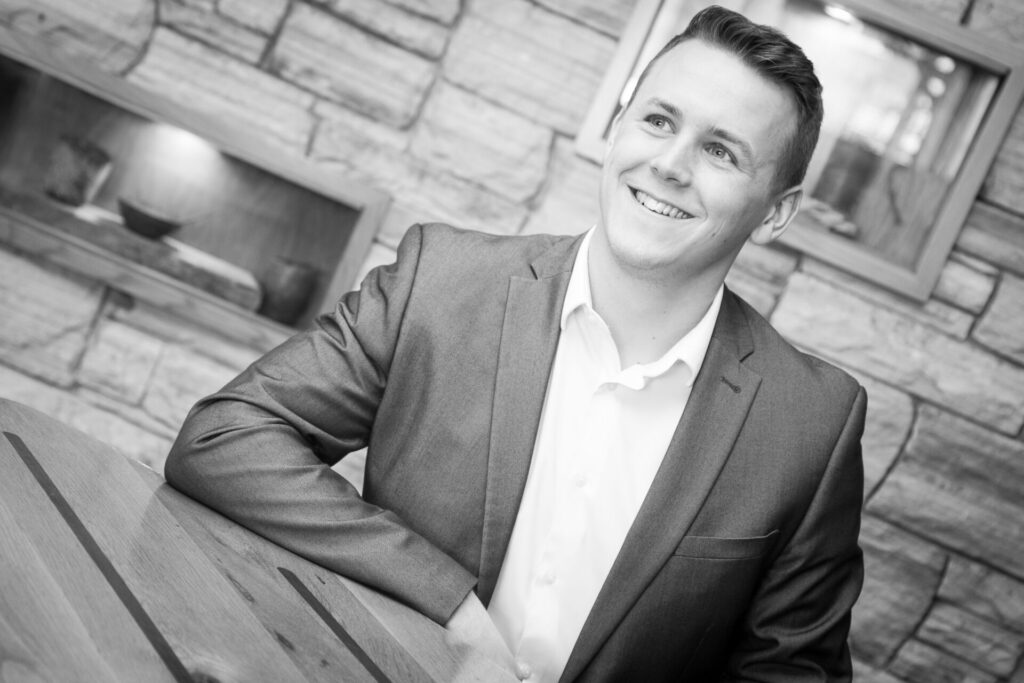
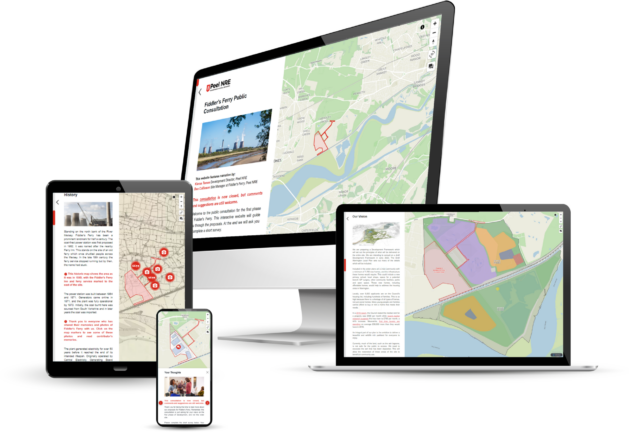

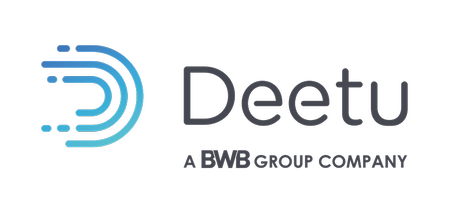
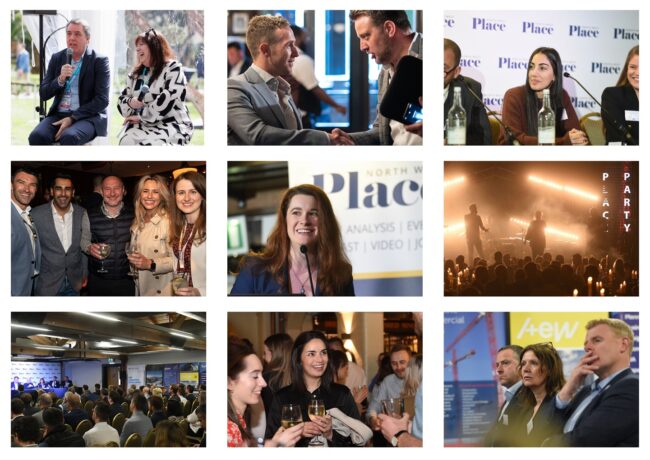
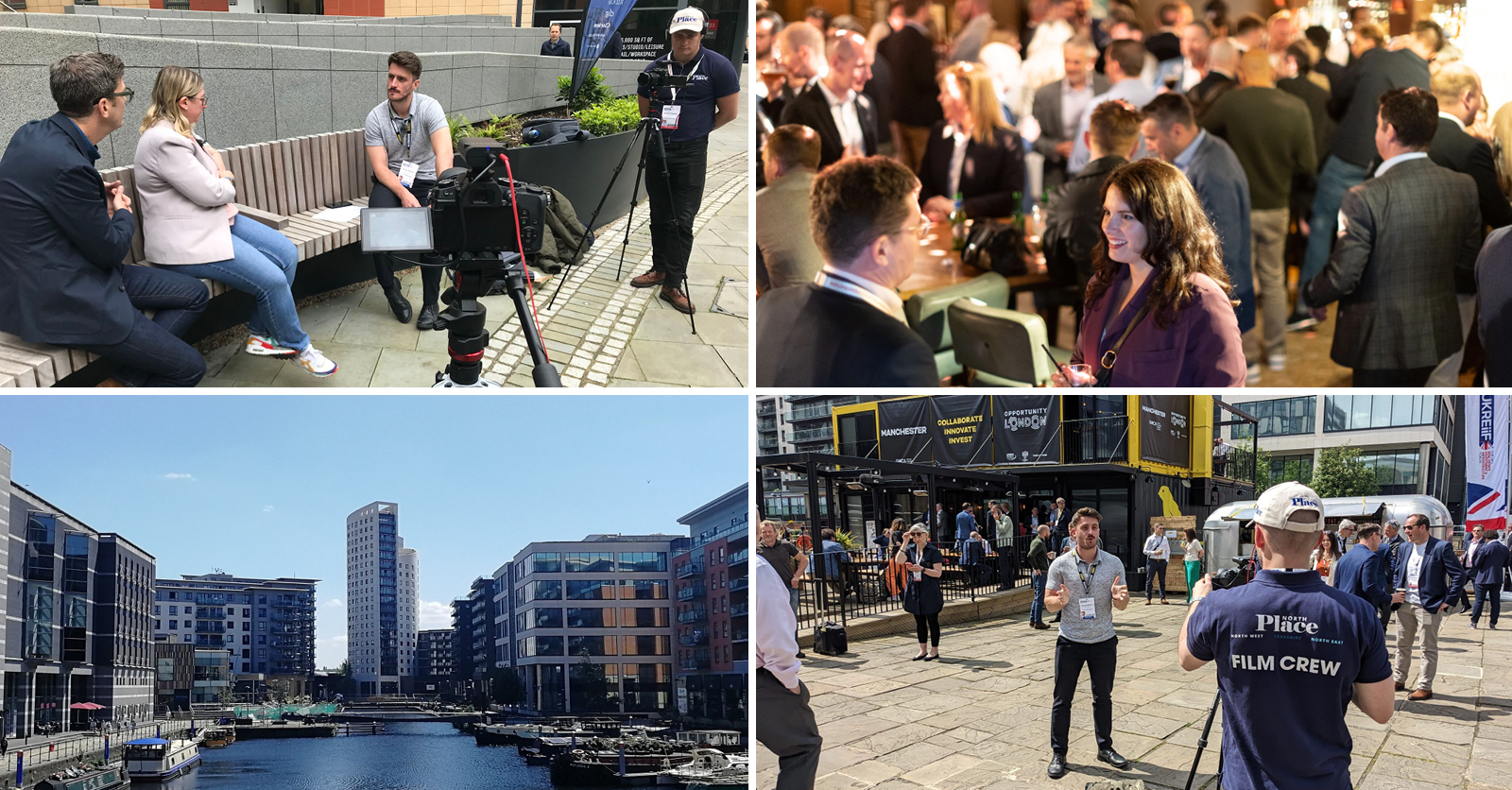
This could prove to be very interesting.
Quite often the small number of objectors with the loudest voices and spurred on by local councillors seeking brownie points or votes distrupt the consultation process.
By engaging with the greater population a true reflection of the communities views and needs is more apparent.
By Liverpool4Progress